Accountants and lawyers to use AI to cannibalise their business – before someone else does.


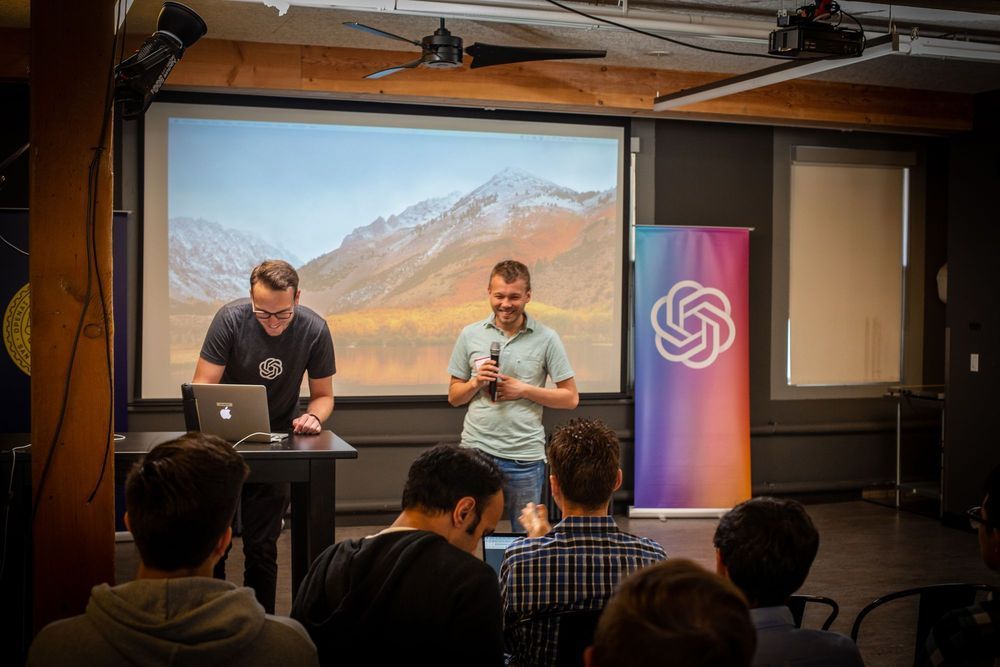
Recently, OpenAI collaborated with UberAI to propose a new approach — Synthetic Petri Dish — for accelerating the most expensive step of Neural Architecture Search (NAS). The researchers explored whether the computational efficiency of NAS can be improved by creating a new kind of surrogate, one that can benefit from miniaturised training and still generalise beyond the observed distribution of ground-truth evaluations.
Deep neural networks have been witnessing success and are able to mitigate various business challenges such as speech recognition, image recognition, machine translation, among others for a few years now.
According to the researchers, Neural Architecture Search (NAS) explores a large space of architectural motifs and is a compute-intensive process that often involves ground-truth evaluation of each motif by instantiating it within a large network, and training and evaluating the network with thousands or more data samples. By motif, the researchers meant the design of a repeating recurrent cell or activation function that is repeated often in a larger Neural Network blueprint.

The COVID-19 pandemic will have a profound impact on robotics, as more companies look to automation as a way forward. While wide-scale automation had long seemed like an inevitability, the pandemic is set to accelerate the push as corporations look for processes that remove the human element from the equation.
Of course, Locus Robotics hasn’t had too much of an issue raising money previously. The Massachusetts-based startup, which raised $26 million back in April of last year, is adding a $40 million Series D to its funds. That brings the full amount to north of $105 million. This latest round, led by Zebra Technologies, comes as the company looks to expand operations with the launch of a European HQ.
“The new funding allows Locus to accelerate expansion into global markets,” CEO Rick Faulk said in a release, “enabling us to strengthen our support of retail, industrial, healthcare, and 3PL businesses around the world as they navigate through the COVID-19 pandemic, ensuring that they come out stronger on the other side.”

The current health crisis has snowballed into a world economic crisis, where every old business norm has been challenged. In such times, we cannot fall back on old ways of doing our business. Today, three technologies
Internet of Things(IoT), Artificial Intelligence (AI), and blockchain are poised to change every aspect of enterprises and our lives. Now more than ever, organisations realise the pertinent need for a robust digital foundation for their businesses as their future plans have been disrupted. “To achieve that level of business sophistication holistically it is imperative that there is a seamless flow of data across all the functions of an enterprise. That requires connected data that is secure and one that is driven by connected intelligence,” Guruprasad Gaonkar, JAPAC SaaS Leader for ERP & Digital Supply Chain, Oracle told Moneycontrol in an interview:
How is India reacting to emerging technologies as compared to other Asia Pacific (APAC) regions?
A couple of months ago I introduced you to a UK company that converts classic cars to electric propulsion. The company, named eDub Services, was founded by a young man named Kit Lacey, and since my piece on his business, he and I have been in conversation about this fascinating field of entrepreneurship. I have an old Volvo 240 in my garage that one day will need an electric drivetrain for sure, so getting acquainted with someone like Kit is a good bet.
I talked to Kit about the concrete and chronological information on his rebuilds and how we could make it accessible for all of us curious about how such projects can be carried out. This series is the result, in Kit Lacey’s own words. So let’s begin at the beginning.
It all started with a road trip. All the best ideas do, in my opinion. Driving down the A1 with my mum in the driver’s seat and my wife in the back. The year is 2013. “How hard would it be to convert a camper van to electric?” I ask my mum. “Not too hard,” she replied. … Maybe a strange question to ask, but there is some context.
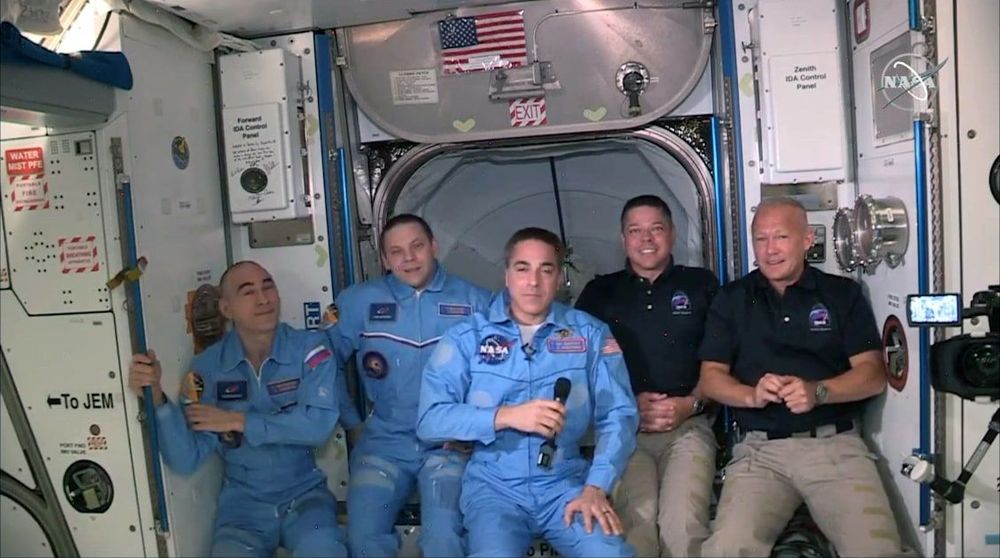
Following a dramatic launch, 19-hour voyage and successful docking procedure, pioneering astronauts Robert Behnken and Douglas Hurley have left the Crew Dragon and are now aboard the International Space Station (ISS). The pair emerged from the Crew Dragon capsule at around 1:15 PM ET and were greeted with bear hugs by astronaut Christopher Cassidy and cosmonauts Anatoli Ivanshin and Ivan Vagner. While describing the ride as less smooth than the space shuttle, Hurley said he “couldn’t be happier” about the Crew Dragon’s performance.
The astronauts, who christened the Crew Dragon “Endeavor,” chatted with NASA executives after their arrival. “It’s great to get the United States back in the crewed launch business,” said Hurley. “And we’re just really glad to be onboard this magnificent complex.” Earlier, SpaceX founder Elon Musk said he was “quite overcome with emotion,” adding “this is hopefully the first step on a journey towards civilization on Mars.”
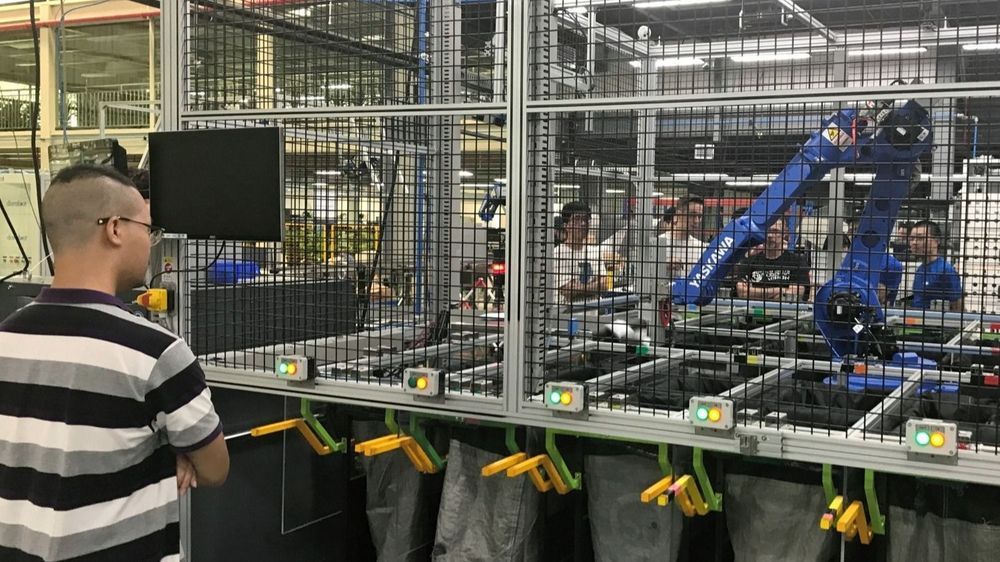
GUANGZHOU/TOKYO — Tech startups in Shenzhen, known as China’s Silicon Valley, are set to experience a range of outcomes as the novel coronavirus pandemic appears to near its end, with some seeing their businesses thrive while others face headwinds following significantly reduced investment.
AI and robot companies feel positive impact, while some face harsh climate.

To encourage businesses to invest in new technologies, the European Union funds industrial research partnerships worth billions of euros in fields such as clean aviation and hydrogen fuel cells. It also offers direct grants to tech startups, and when Horizon Europe launches next year, it plans to offer them equity investments, too.
Report says scientific output is not translating into innovation.
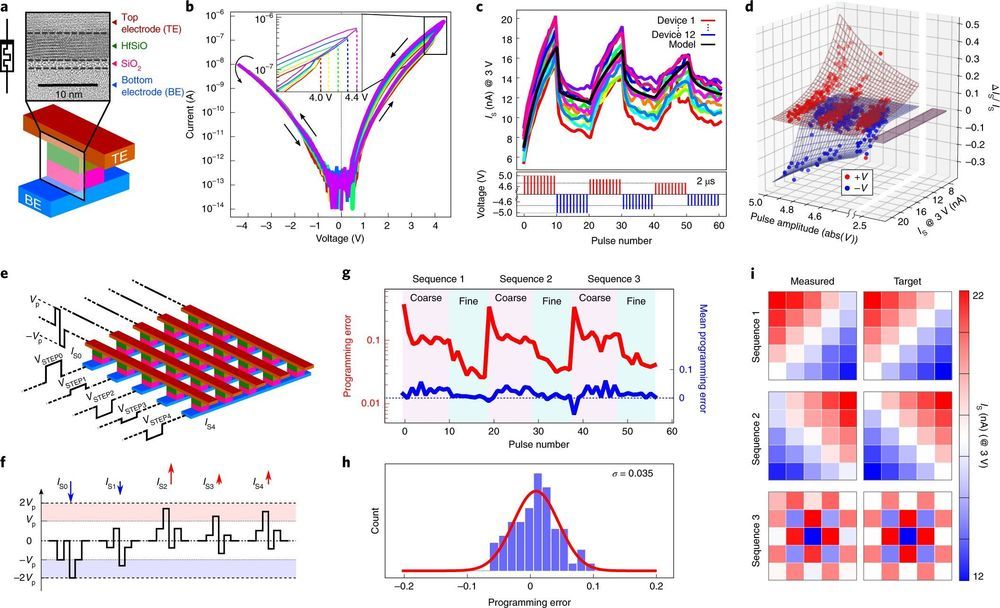
Researchers at Toshiba Corporate R&D Center and Kioxia Corporation in Japan have recently carried out a study exploring the feasibility of using nonlinear ferroelectric tunnel junction (FTJ) memristors to perform low-power linear computations. Their paper, published in Nature Electronics, could inform the development of hardware that can efficiently run artificial intelligence (AI) applications, such as artificial neural networks.
“We all know that AI is slowly becoming an important part of many business operations and consumers’ lives,” Radu Berdan, one of the researchers who carried out the study, told TechXplore. “Our team’s long-term objective is to develop more efficient hardware in order to run these very data-intensive AI applications, especially neural networks. Using our expertise in novel memory development, we are targeting (among others) memristor-based in-memory computing, which can alleviate some of the efficiency constraints of traditional computing systems.”
Memristors are non-volatile electrical components used to enhance the memory of computer systems. These programmable resistors can be packed neatly into small but computationally powerful crossbar arrays that can be used to compute the core operations of artificial neural networks, acting as a memory and reducing their access to external data, thus ultimately enhancing their energy efficiency.
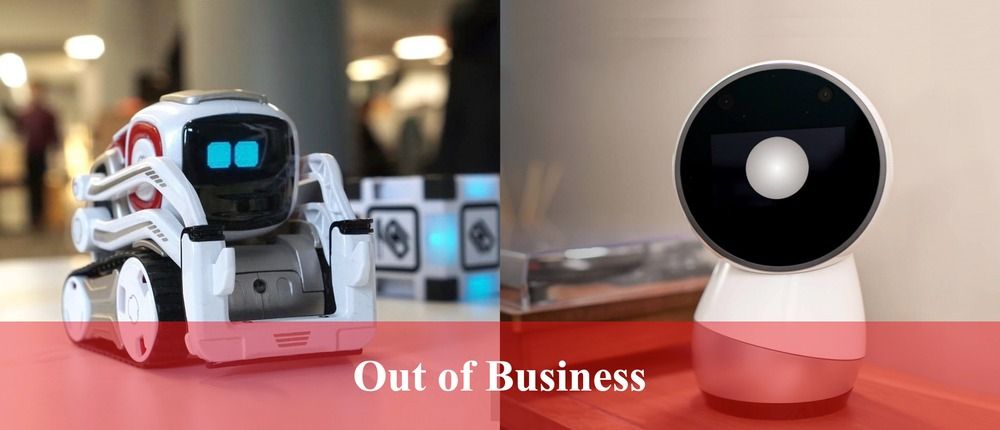
In this article, we explain why selling robots to individual buyers or regular families is not a very good business model, and what strategies are better for robot-making companies to profit.
#technology #robots #AI #innovation #future #business #startups #BusinessModel